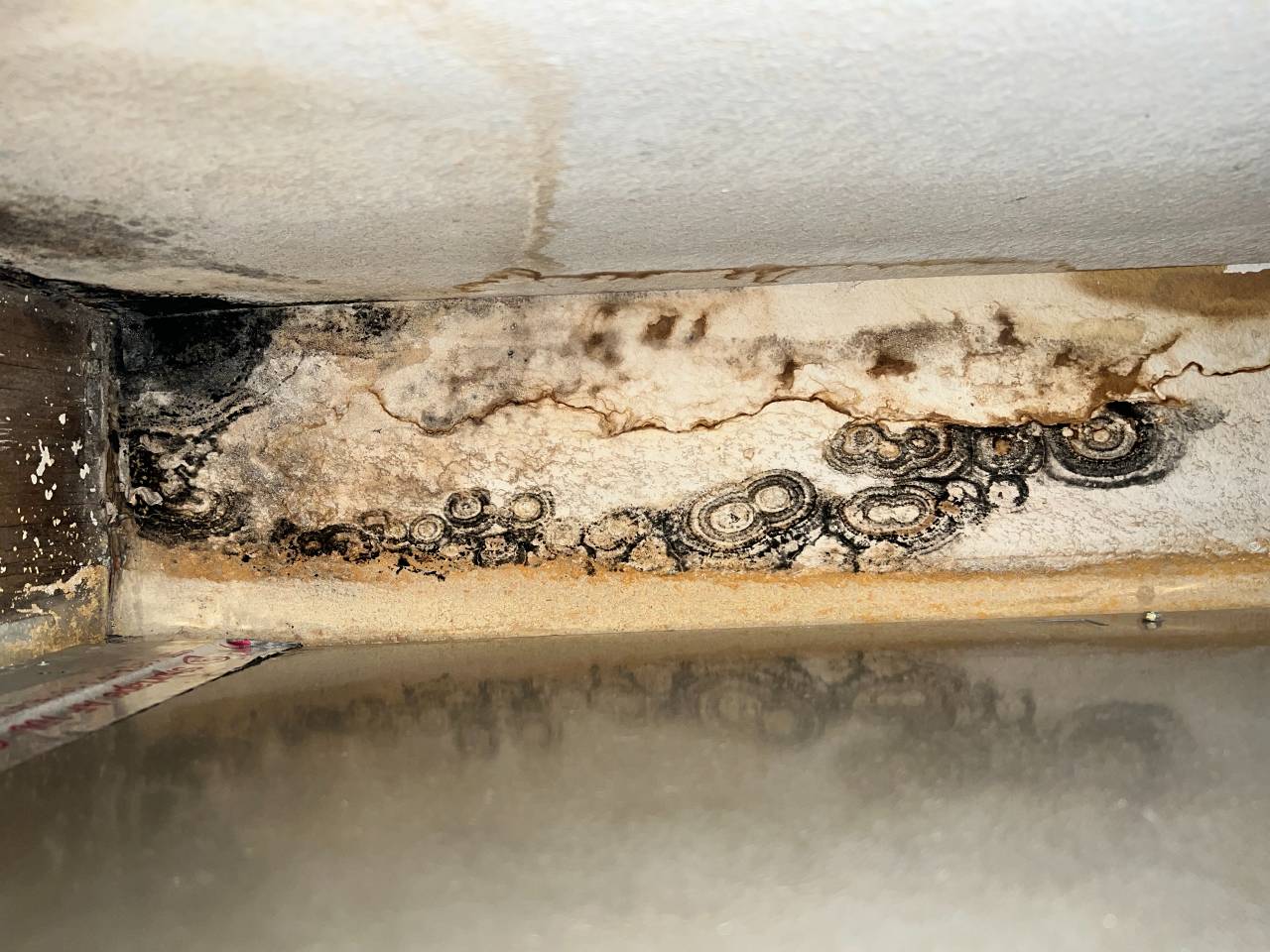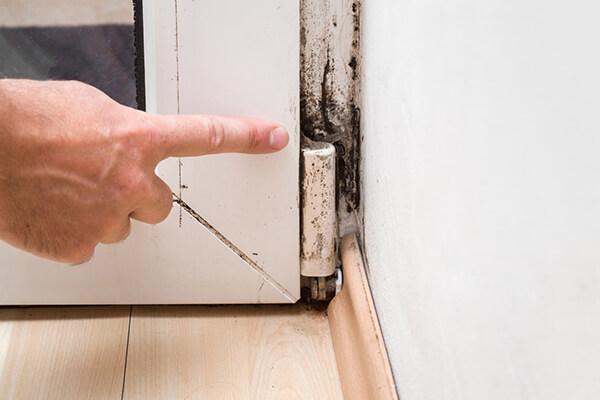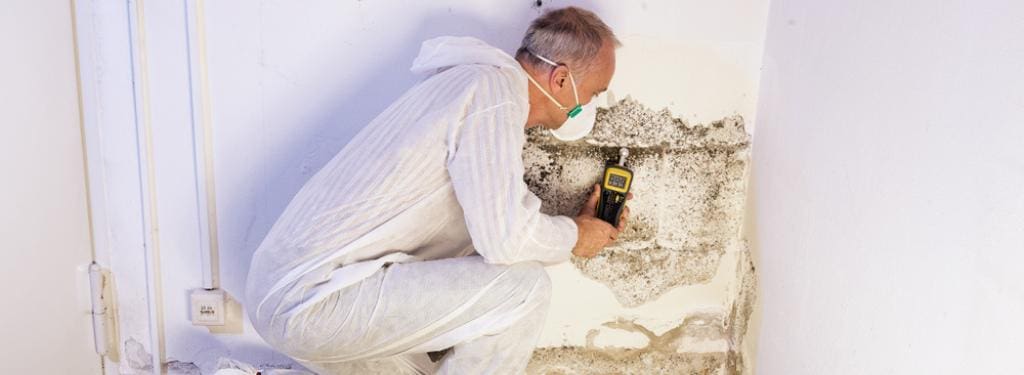Testing Air Quality After Mold Remediation
Your Ultimate Overview to Article Mold Remediation Techniques
In the consequences of mold and mildew invasion, recognizing how to properly remove the mold and mildew and avoid its reoccurrence is extremely important for maintaining a healthy indoor setting. From picking the right cleaning and decontaminating techniques to executing strategies for long-lasting mold and mildew avoidance, each step in the remediation trip plays a vital duty in making sure an effective result.
Understanding Post-Mold Remediation Process
After completing the mold removal process, it is vital to recognize the post-mold removal techniques that are required to ensure a thorough and efficient cleaning. Once the mold and mildew has been gotten rid of, the following step includes cleaning and sanitizing the affected locations to avoid any kind of regrowth of mold.
Furthermore, performing a final inspection post-remediation is crucial to guarantee that all mold and mildew has been successfully gotten rid of. This assessment must include a complete visual check in addition to perhaps air sampling to confirm the absence of mold and mildew spores in the air. Added remediation may be needed if the inspection exposes any remaining mold and mildew. Last but not least, educating passengers on preventive steps such as managing wetness levels and immediately addressing any type of water leakages can assist maintain a mold-free setting.
Efficient Cleaning Up and Sanitizing Methods

Avoiding Future Mold Growth

Importance of Correct Air Flow
Appropriate ventilation plays a crucial function in avoiding moisture build-up, a crucial consider mold development within indoor settings. Reliable ventilation systems aid eliminate excess moisture from the air, minimizing the possibilities of mold and mildew spores discovering the dampness they need to spread and sprout. Without adequate air flow, interior areas can become a reproduction ground for mold, bring about potential health threats and structural damages.
By ensuring appropriate air circulation, air flow systems can likewise assist in drying damp locations faster after water damage or flooding occurrences, further preventing mold development. Post Mold Remediation Report. In spaces like restrooms, kitchens, attics, and basements where dampness degrees have a tendency to be greater, mounting and keeping effective ventilation systems is vital in preventing mold invasions

Tracking and Upkeep Tips
Offered the essential duty that appropriate air flow plays in stopping mold development, it is necessary to establish efficient monitoring and upkeep ideas to ensure the continued capability of air flow systems. Surveillance humidity degrees within the home is also vital, as high moisture can contribute to mold growth. By remaining positive and alert to the problem of ventilation systems, residential or commercial property owners can properly minimize the threat of mold and mildew regrowth and preserve a healthy and balanced indoor environment.
Conclusion
Finally, post-mold remediation techniques are essential for making certain a clean and risk-free environment. Understanding the process, implementing effective cleaning and sanitizing approaches, protecting against future mold growth, preserving proper ventilation, and routine monitoring are all crucial actions in the remediation procedure. By complying with mold removal home these guidelines, you can efficiently get rid of mold and stop its return, advertising a healthy living or functioning space for all occupants.
In the after-effects of mold and mildew invasion, knowing just how to properly eradicate the mold and stop its reoccurrence is vital for maintaining a healthy indoor atmosphere. Once the mold has actually imp source been eliminated, the following action involves cleansing and sanitizing the impacted locations to protect against any type of regrowth of mold - Post Mold remediation cleaning. After getting rid of visible mold development, it is critical to cleanse all surfaces in the damaged location to remove any kind of remaining mold spores. To even more improve mold and mildew prevention measures, it is necessary to attend to underlying concerns that at first led to mold and mildew growth.Provided the essential function that correct air flow plays in preventing mold development, it is crucial to establish effective surveillance and upkeep tips to ensure the continued functionality of air flow systems